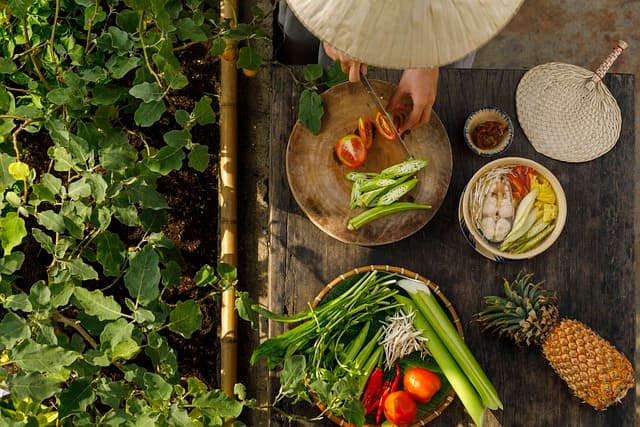Innovations usually become overgrown with fictions and rumors, which eventually turn into persistent stereotypes. In this article, we’re going to look at the most common myths about organic food.
Myth 1. Expensive and inaccessible
When the first organic products first appeared, only a few people could afford to eat them. But now everything is changing – many supermarkets have separate shelves with organic products, specialized stores operate, and online markets offer a wide range of products.
The market is filling up, and a middle-income family can already build its diet on organic products. They are indeed more expensive than conventional products, but we need to think about what we want to pay for – food that will help maintain our health, or medicine? There are people who have been forced to switch to organic food because of their health condition and feel better. Shouldn’t we do it in advance, without waiting for problems?
Myth 2. It’s bland and tasteless
Those who are accustomed to dishes richly flavored with artificial flavor enhancers and flavors will not immediately appreciate the natural taste of organic food. As well as any other products that are not stuffed with additives. By experimenting with recipes almost every day, you can try different products, new combinations, and, in my opinion, organic food is superior to industrially grown products. A naturally ripened cucumber tastes better than a cucumber that grew on stimulants and absorbed all the fertilizers. Dishes made from organic grains, vegetables, fruits, spices and herbs have more subtle flavor nuances, richer textures, and a more complex and interesting aroma. No wonder restaurants actively include organic items on their menus.
Myth 3. It is difficult to cook
Many people believe that organic products are some strange products that are not typical for us, and it is not clear what to do with them in the home kitchen.
But organic does not mean exotic. Organic food is not only goji, chestnut flour or coconut cream. It is also oatmeal, tomatoes, and even potatoes with pumpkin – anything that is grown organically.
Moreover, even the exotic quinoa grain is no more difficult to prepare than the usual buckwheat, and couscous is even easier: pour boiling water over it and you’re done! The same almond cream is used as usual – even in cream soup, even in desserts. And given the fact that many of yesterday’s exotics, such as olives or avocados, have long been ingrained in our diet, I don’t see any difficulties at all with mastering their organic versions.
Myth 4. Monotonous and not presentable
Couscous with raisins and mint, cucumber, mango, chili and lavender flowers. Vegetable wok with oatmeal and sesame seeds.
Quinoa, avocado and feta salad in fresh tomato with quail egg. Olive, walnut and lemon topinata with crusty bread.
Creamy green pea soup with almond milk. Ravioli with mushrooms in almond cream sauce with truffle paste. Ravioli with vegetables in orange and tomato sauce.
All with appropriate seasonings. Dessert – gluten-free flour tartlets with chestnut cream and coconut ice cream with natural vanilla and berry sauce. In addition to ice cream, all this can be prepared in the home kitchen.
Myth 5. Farm ice cream is better
In fact, “farm” is not about the quality and environmental friendliness of food, but about the way it is organized: there are agro-companies and factories, there are personal households, and there are farmers. Needless to say, some farmers can comply with all the standards of organic farming, while others follow conventional agricultural technologies – with the use of chemical fertilizers, herbicides and pesticides. And still others pour and spray as much chemicals as they can, just to grow more than their neighbors. Farm products will not necessarily be safer, healthier, or tastier than those produced on the fields of agricultural holdings. But if the farmer has received an organic certificate for his products, that’s another matter.
